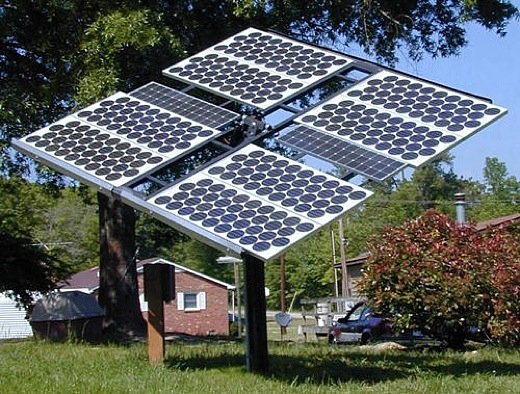
image above: Solar photo-voltaic panel array in residential yard.
From http://www.livingoffgrid.org
Renewable power will never be able to run an energy-profligate industrial society such as the one most of us have grown up in, due to, among other reasons,
- low energy density,
- low EROEI,
- intermittency,
- lack of energy storage capacity,
- mismatched supply and demand profiles,
- poor grid infrastructure,
- inability of distributed renewable energy to sustain grid operational parameters,
- looming financing difficulties,
- receding horizons,
- inability to scale up RE production before the credit crunch puts the brakes on
- etc. etc.
see also:
1 comment :
wow - hydro-rich ontario paying $.80CAN/kwh for residential solar pv systems <10KW... why can they do that in the center of the candian sheild at ~45 degrees north latitude, but here in the tropical land of sunshine, KIUC's head remains fully lodged up it's debt-saddled ass. stupid by design or just a random accident? wake me up when it's over.
Post a Comment